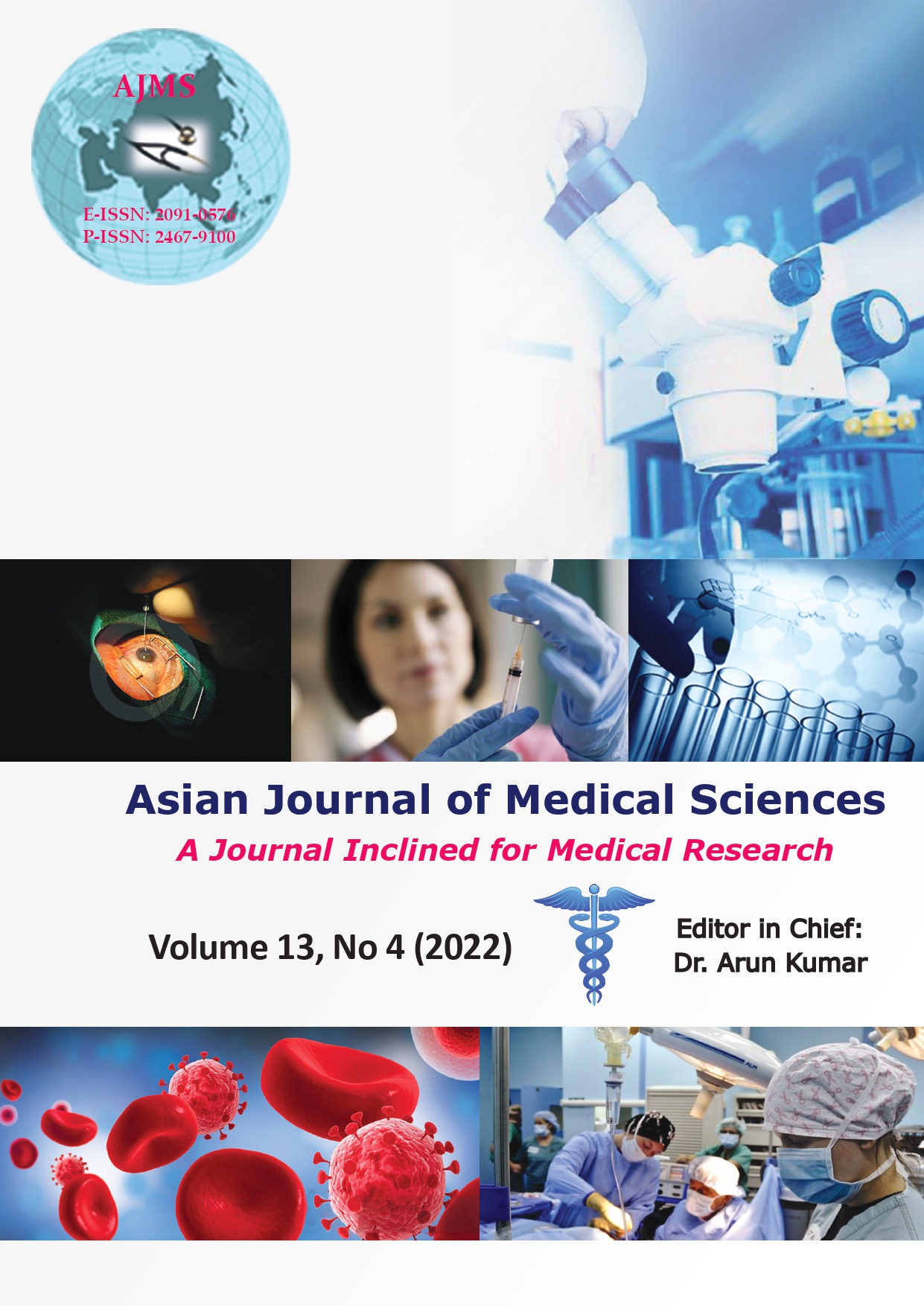Evaluation of gallbladder mucosal changes about the type of stones in patients undergoing open cholecystectomy: A study of 184 patients
Keywords:
Carcinoma, Gallbladder, Intestinal metaplasiaAbstract
Background: Cholelithiasis is 7 times more frequent in North India, with an overall incidence of about 2–29%. The number and different morphology of gallstones can cause alterations in the gallbladder (GB) mucosa. GB mucosal change depends on the duration of cholelithiasis, size, number, type of stone, and the gender of the patient. The coexistence of gallstones with cholecystitis, hyperplasia, intestinal metaplasia, and carcinoma is well known in the literature. Incidental gallbladder (GB) carcinoma is revealed in 1% of all cholecystectomies done for benign conditions. The pathological stage of the disease decides the prognosis of the disease.
Aims and Objectives: Gallstones are known to produce various histopathological changes in the GB. We aim to correlate gallstone characteristics such as (number and morphological type) with the type of mucosal response in the GB (inflammation, hyperplasia, metaplasia, and carcinoma).
Materials and Methods: A study of gallstones was done in 184 cases of open cholecystectomies based on the histological changes. One hundred and sixty-five (89.95%) were associated with gallstones, and the rest 19 cases (10.05%) were of acalculous cholecystitis. The changes in the mucosa of the calculous GB (165 cases) were studied, and the correlation between the mucosal changes and the number and type of stones was evaluated. Tissue sections for histopathological studies were taken from the fundus, body, neck, and abnormal-looking areas of the GB.
Results: A gender study revealed a higher incidence of inflammatory changes in males, while GB hyperplasia, intestinal metaplasia, and cancer were found only in females.
Conclusion: Correlation of mucosal changes with a number, duration of disease, and morphological type of stones has suggested that there could be an association with the various GB mucosal changes such as inflammation, hyperplasia, metaplasia, and carcinoma of the GB.
Downloads
Downloads
Published
How to Cite
Issue
Section
License
Copyright (c) 2022 Asian Journal of Medical Sciences

This work is licensed under a Creative Commons Attribution-NonCommercial 4.0 International License.
Authors who publish with this journal agree to the following terms:
- The journal holds copyright and publishes the work under a Creative Commons CC-BY-NC license that permits use, distribution and reprduction in any medium, provided the original work is properly cited and is not used for commercial purposes. The journal should be recognised as the original publisher of this work.
- Authors are able to enter into separate, additional contractual arrangements for the non-exclusive distribution of the journal's published version of the work (e.g., post it to an institutional repository or publish it in a book), with an acknowledgement of its initial publication in this journal.
- Authors are permitted and encouraged to post their work online (e.g., in institutional repositories or on their website) prior to and during the submission process, as it can lead to productive exchanges, as well as earlier and greater citation of published work (See The Effect of Open Access).




